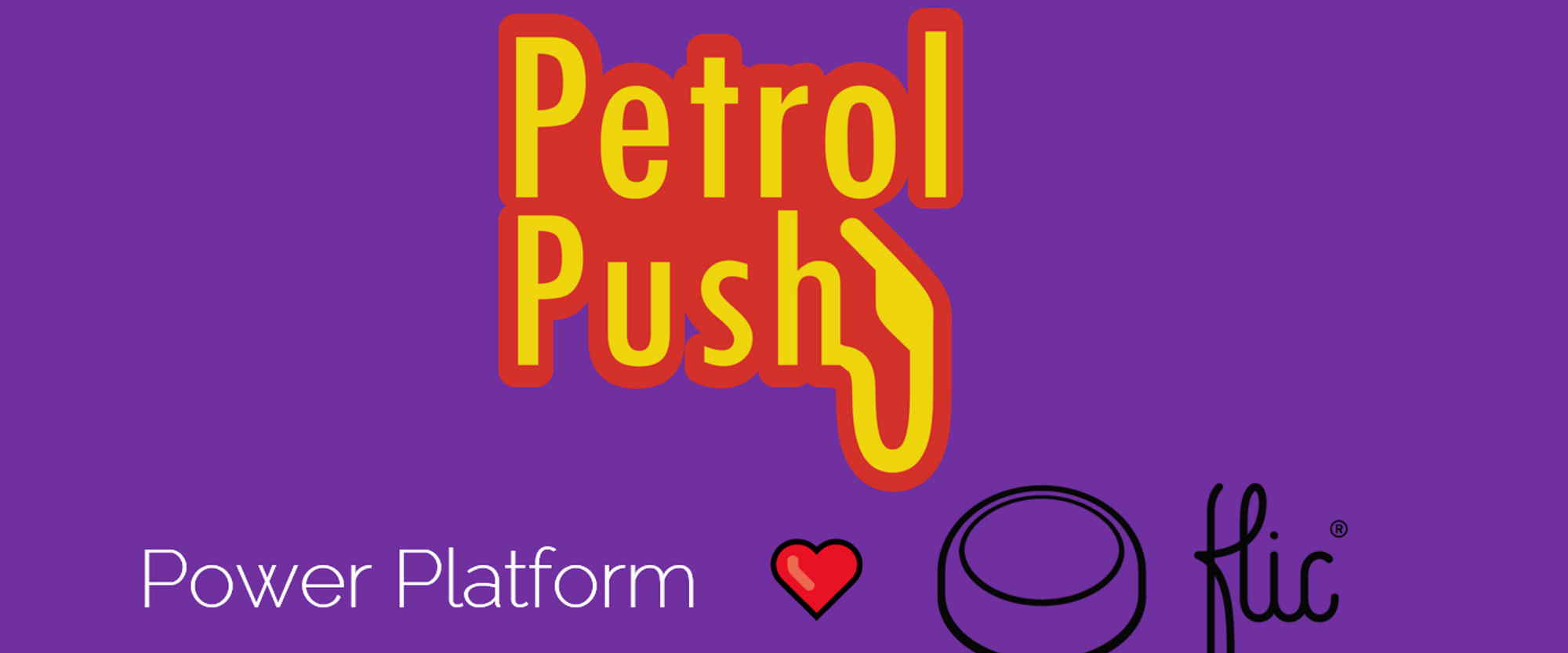Display images in Adaptive Cards
Images always enricher Adaptive Cards designs. However in Microsoft Teams max. message payload is just 25KB and that includes also the size of card’s JSON. Therefore it is very often not possible to display even the smallest image inline. What other options we have?










